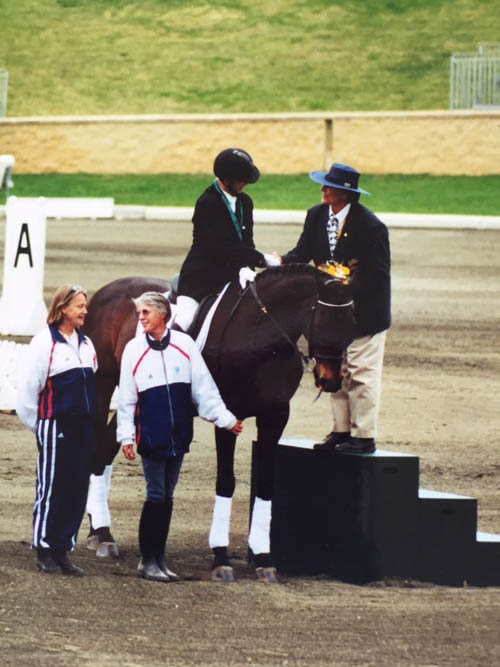The Tokyo Paralympics was a showcase of just how far para equestrian sport has come in terms of not only its professionalism, but also the quality of the horses. Equine Pathways Australia believes our country has the riders to match it with the best on the world stage – we just need to find equine stars to partner them.
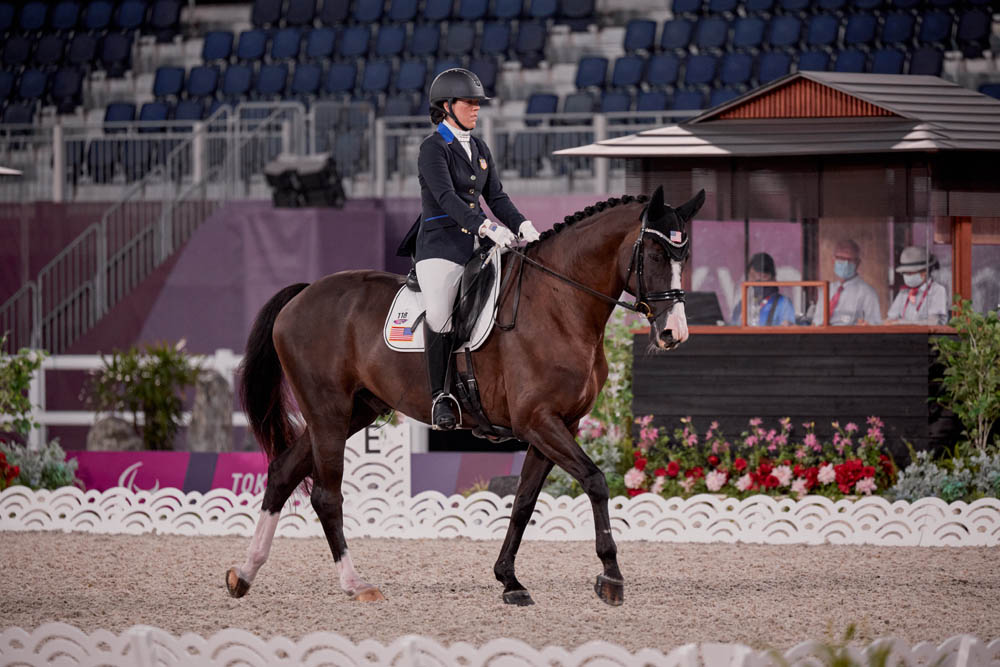
When para dressage debuted at the 1996 Atlanta Paralympics with competitors riding borrowed horses, few knew just how much the sport would evolve in the years to come. By Athens in 2004, athletes were on their own horses and iconic partnerships began to form; today, it’s as keenly followed as any able-bodied discipline and the quality of both the riding and the horses is ever-increasing. Australia has a fabulous record in para dressage, having won three gold, a silver and five bronze Paralympic medals in the sport’s relatively short history, as well as successes at the World Equestrian Games.
As a nation, Australia has had fabulous para riders who have shown time and time again that they can match it with the best on the world stage. However, as the sport evolves and the quality of horses increases, we need talented equine partners to match our wonderfully talented athletes.
EQUINE PATHWAYS AUSTRALIA
Julia Battams founded Equine Pathways Australia (EPA) in 2017 as a small enterprise to help people with injury, illness or disability engage in equestrian sport. Nearly three years later it was formally registered as a not-for-profit charity and became a recognised Centre for Paralympic Preparation with Paralympics Australia. Over the past two years, the program has steadily expanded beyond its base at Balmoral Equestrian Centre in Victoria and is now available in most states via affiliated centres, with nearly 100 riding members.
“We’re here for the athletes, to provide them with a program that means they can participate in their sport, enjoy their passion, and it’s from entry level right through to Paralympic selection level. So we have a wide range of athletes and a wide range of disabilities,” says Julia, explaining that now the program is Australia-wide it is unearthing serious talent that could eventually go on to represent Australia on the international stage.
“I see a lot of athletes, and there are a few cracking riders out there. There is half a dozen that on the right horse, right now, you could probably push for [the FEI World Championships in] Herning.”
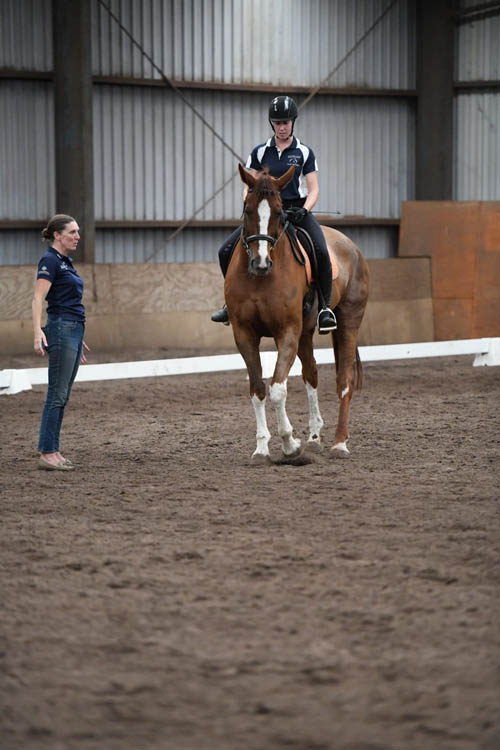
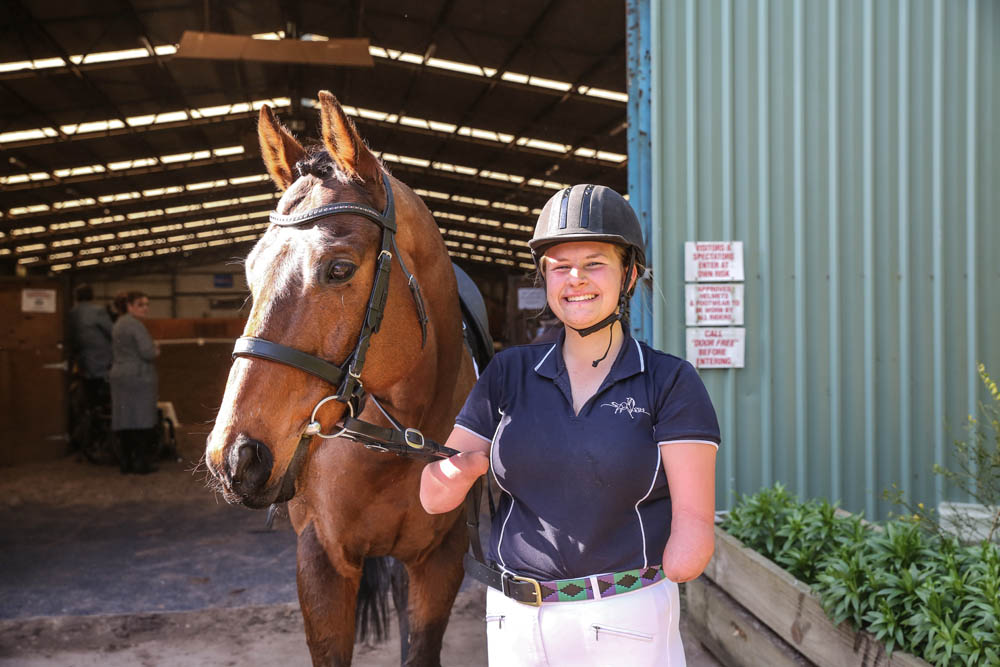
THE NEED FOR STEEDS
Julia says for the sport to continue moving forward in Australia, we’re now at a stage where we need horsepower. “When you look at the international level of horses, there is no doubt that we are behind the eight ball. Regardless of the grade, [at international level] they’re all really high-quality performance horses; they’re dressage horses.”
Julia believes that in Australia, we need a mindset shift in terms of the type of horse required at the elite end of the sport; she’s taken the calls where well-meaning people have quiet horses who ‘aren’t quite sound enough for dressage any more’. “If it’s not sound enough for dressage then it’s not sound enough for para dressage either; at the elite level, they need to be really high-quality performance horses.
“Our [high performance] participants are athletes; they’ve got strength and conditioning plans, recovery plans, and they work with sport psychologists and physiotherapists. And that mindset shift is really important; it is a really professional sport now.”
CALLING ALL POTENTIAL OWNERS
During “Covid downtime”, Julia has been busy drafting a new Horse Owner Program for EPA that details how horses can be paired with athletes.
The first and most obvious way is for an athlete to own a horse themselves – or have friends or family that own the horse. In this scenario, the athlete is responsible for all aspects of the upkeep. In a perfect world, each athlete would have the option to buy their own horse, but in reality the horses required at the elite end are expensive and this option just isn’t financially viable for many. Julia recalls how London Paralympic gold medallist Joann Formosa mortgaged her house to buy Worldwide PB prior to the Games; athlete ownership can happen, but it’s often not without great sacrifice and even then not always possible.
The reality is the sport needs owners, and EPA’s new Horse Owner Program details just how potential owners can become involved. “There’s the classic scenario where an owner has a horse and hands it over to an athlete, and they train and produce and compete the horse,” says Julia. She explains that historically one of the barriers to this has been the fact that some owners were a little worried that the horse may not continue to improve in quality or be able to be kept in full work, but she believes there shouldn’t be cause for concern.
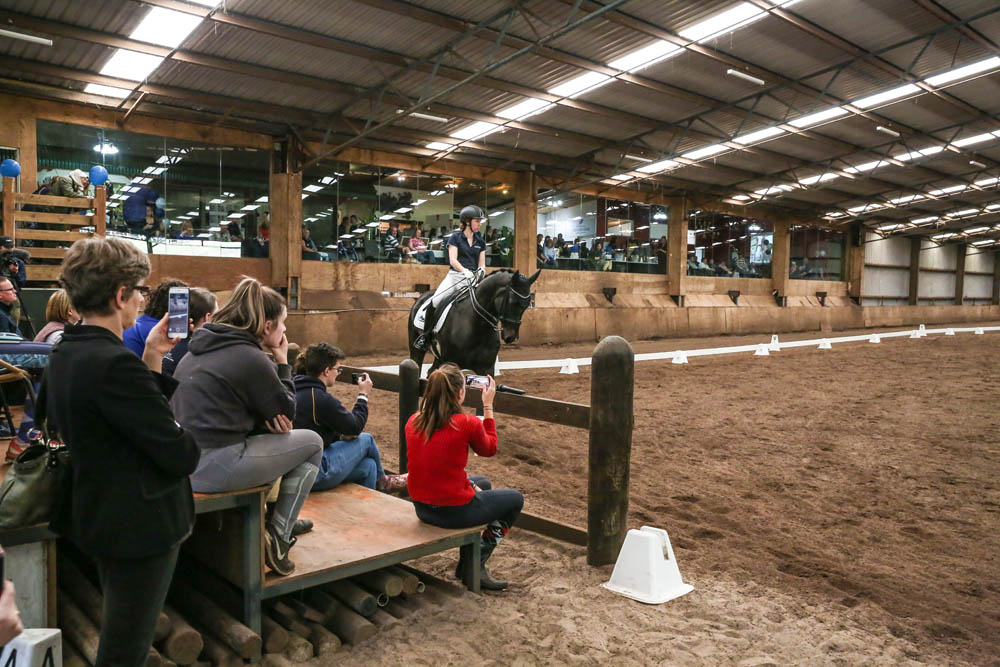

“An athlete that has a good quality, Paralympic potential horse that belongs to an owner has the responsibility of maintaining that horse at that level. So whether they engage a trainer and coach to work with them, however many days a week it needs to be to ensure that the horse stays competitive, that’s the way that we do it. We’re going to be able to keep that horse in full work and good condition.”
Julia explains that at EPA, they’re able to manage that owner-rider relationship if required. “If an owner would like to support an athlete by owning a horse for them, they can either hand it over to the athlete to support them to manage themselves, or we can be that management organisation for them.”
The second option is a co-rider situation, where the owner continues to ride the horse they are loaning to a para rider. “The owner continues to ride the horse, but the athlete gets the chance to ride it and train for upcoming competitions. As long as the athlete has the opportunity to train enough prior to a competition, that works really well.” Julia explains that the owner and the para athlete can both compete the horse, just not at the same competition. However, for Grade I, II and III, trainers can work and warm up the horse at an event, and if the owner wants to be that person it can be a great way to stay involved.
International quality para horses are expensive. For Grade I, II and III athletes that are required to walk and trot, the cost of the horse can easily be around $50,000, while for Grade IV and V horses – which are typically competitive Prix St Georges to Grand Prix horses – the budget is open-ended. Therefore, Julia is keen to look at all possible avenues to acquire these horses, including the possibility of syndications.
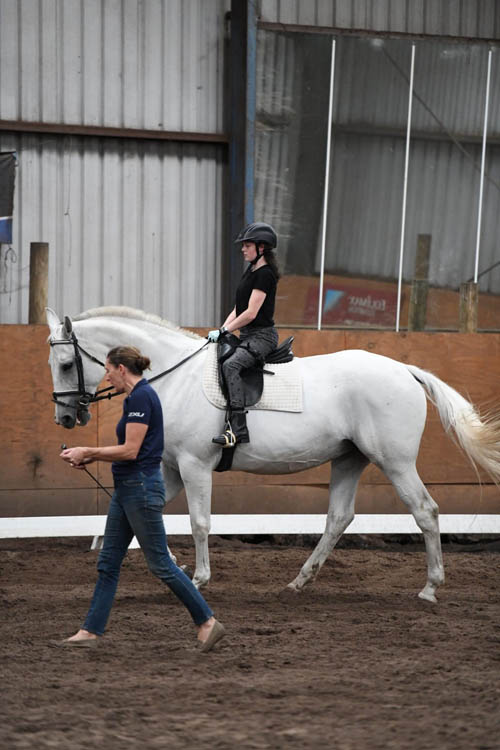
“We are currently evaluating the feasibility of doing this,” says Julia, explaining that syndication management is quite involved, and therefore she hopes they can partner with a racing syndicator who specialises in managing them. “It would be a game changer, because if [a syndicator was] prepared to syndicate horses for us and market that to their existing syndicate owners, it would be really exciting. We’d potentially start looking for Grade I, II or III horses, which are typically Preliminary through to Medium level and a little more affordable.”
For horses acquired via EPA, the plan is to create a scholarship program so they can then decide which athletes go on which horses. “We will run their management plan and program, and we’ll make sure there are the coaching staff needed and that the horses are managed correctly. We’ll also help athletes prepare for the selection process and so on.” The relationship between EPA and horse owners is mutually supportive and aims to see both parties working hand-in-hand with each other.
As EPA is not just about high performance athletes, there is also a need for good, sound entry-level horses. “We contract venues to host the clinics around Australia, and most of the venues that we use are able to offer school horses for participants,” says Julia, explaining that the majority of these riders just want horses that can compete at local, state and sometimes national competitions, so the type of horses that might be suitable can be quite varied and therefore there is a very wide range of opportunities for potential owners.
“If somebody had a horse that they think might be a really cool horse for somebody to start out on in para sport, there’s the opportunity for those horses who are not necessarily international horses. They can bring the horse along either to the venue, and they become a regular part of that team, or they can just bring the horse to the clinic for our entry-level athletes to ride.”
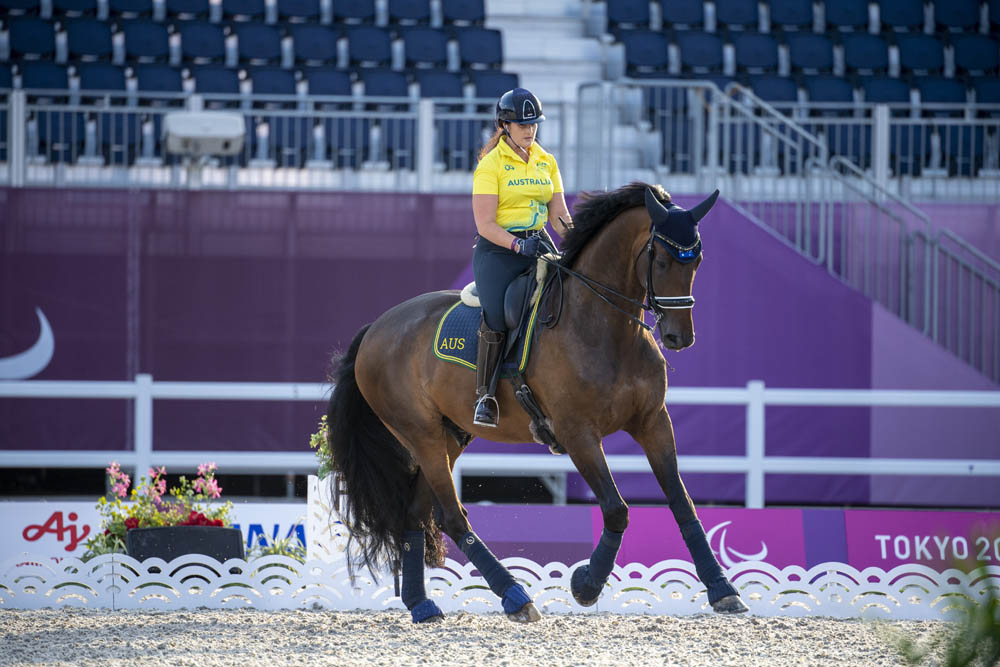
THOROUGHBREDS COULD PLAY A ROLE
An off-the-track racehorse isn’t necessarily the first mount that comes to mind when talking about suitable para horses, however it’s been proven in the past that the right horse can work. Carolyn Lieutenant’s Temuchin was an off-the-track horse who finished his racing days in the late 1980s; the pair competed to Grand Prix level during the early to mid ’90s, and then by the late ’90s he made his para dressage debut and was ridden by both Grade I and IV riders. At the 2000 Sydney Paralympics, where athletes rode borrowed horses, Temuchin was part of the pool and drawn by a Grade I Norwegian rider named Jens Lasse Dokkan. Together, he and Jens took home bronze medals in the Mixed Dressage Championship and Freestyle tests, as well as the Team event.
While few thoroughbreds have featured since, Julia believes that the right horse could work – in particular for Grade I, II and III riders that require horses with a great walk and trot. “A nice thoroughbred can have a super walk and good trot, and they’ve been exposed… many have been down the straight with 20,000 people screaming at them. In a lot of cases they’ve had more exposure than most of the dressage horses.”
Julia explains that there is also a sentimental aspect to having an Australian thoroughbred representing our country. “We have so many athletes in the program who have actually come from the racing industry, and it would be fitting to have an off-the-track horse at the Games.”
A PATHWAY TO PARIS
The next major championship on the para dressage calendar is the FEI World Championships in Herning, Denmark, held in August next year. At present it looks likely that Australia will have the opportunity to send a team, based on our position after Tokyo compared to other nations in the Oceania region – although this is yet to be confirmed.
As Julia explains, for riders yet to partner with a horse, the timeframe is tight; the first qualifier in Australia for previously unqualified combinations is likely to be in January. “If somebody came up with a horse and one of the athletes clicked with it, then obviously we wouldn’t wait if they were ready,” says Julia. “However, it’s a big call to get a combination through within that time frame. At the moment, our main focus is on 2024 with our ‘Pathways to Paris’ program.”
While owning a para dressage horse can be immensely satisfying in its own right, the possibility of attending a Paralympic Games as part of the Australian team is pretty exciting. “If a combination gets selected for a Paralympic Games or World Championships, as an owner you get the full accreditation to go to the Games (two owner passes are available per horse). We might have 20 active high-performance participants every year and you take four on a team, so you’re looking at a one in five chance of actually being selected if you’ve got a good horse and all goes well. They’re pretty good odds!
“Having been to both Paralympics and Olympics, the experience at the Paralympics far outweighs the Olympics. I can’t tell you how amazing the Paralympic Games are, it’s brilliant; it’s a totally different cultural feel.”
At the Paris Olympics and Paralympics, equestrian sports are set to be held at Versailles, with the palace of Louis XIV – a UNESCO World Heritage Site – providing a fabulous backdrop. It’s destined to be the trip of a lifetime for athletes and owners alike.

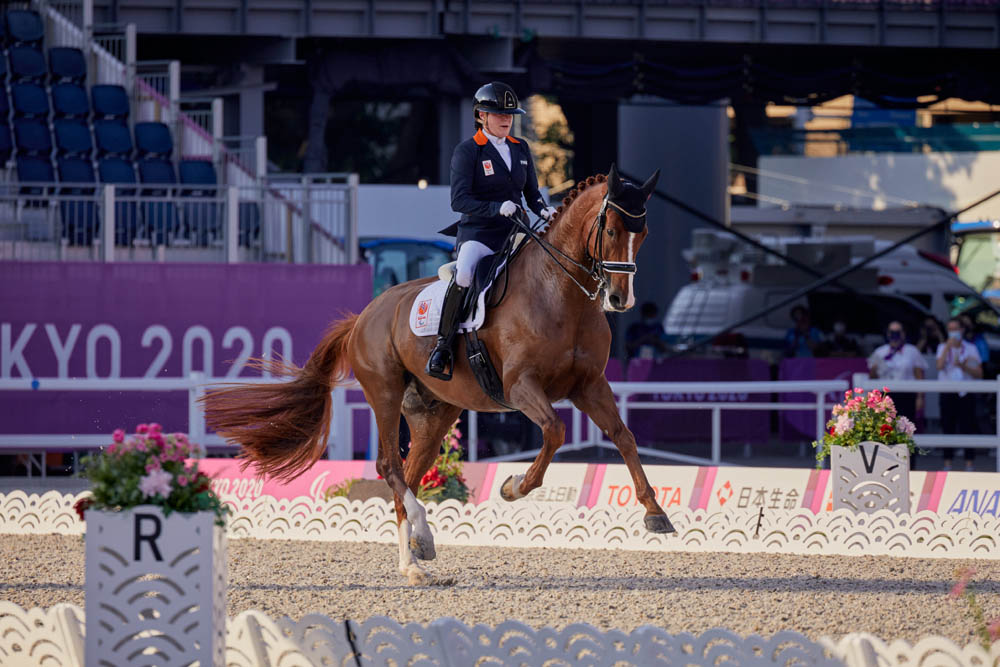
IMPORTANCE OF EXPOSURE
While it’s important for para horses to have had exposure and be reliable in all situations, it’s also important for high performance athletes to gain exposure. “We run under FEI rules here in Australia with CPEDI events, but it’s still very different to when you’re actually at an international event. The big events are more structured and in most cases you don’t know the stewards, the judges or the other competitors. There’s more pressure; if your first proper international show is the Paralympic Games, that puts insane pressure on an athlete,” says Julia of competing at big international events.
“I’d love to take some of our Pathways riders to Europe next year, because [there are big events at] Hartpury and Bishop Burton, and then the FEI World Championships – all in a six-week period. It’d be fantastic for our high performance athletes to get over there to watch the best in the world at Herning, and then ride borrowed horses at Hartpury, so they can gain exposure and get an understanding of what the rest of the world is doing.”
Julia is hopeful that if Australia is qualified to send a team to the World Championships, we take up the opportunity regardless of whether available combinations are in medal contention or not. “I think not sending a team would be a big mistake. We need to take the opportunity, in my opinion, to blood new athletes. It’s part of the preparation for Paris.”
ATTRIBUTES OF A POTENTIAL PARA STAR
“Good para horses, regardless of the grade, have to be sensible and generally well-exposed,” says Julia. In terms of individual grades, Grade I horses must have an exceptional walk and a temperament to match, as they carry the sport’s most vulnerable participants. At Grade II and III, a good quality walk and trot is essential, and again, horses must have great temperaments with a willingness to go forward. “Grade I, II and III can be ridden by a trainer at events,” notes Julia.
Grade IV and V require combinations to show walk, trot and canter exercises with the Grade IV horses showing movements required at EA Medium level, and those at Grade V showing all the Prix St Georges movements – so these horses are usually already experienced, successful dressage competitors in able-bodied sport.
If anyone out there has a horse that they think might be a potential international star, Julia is very keen to take the call. “We’ve got really good riders involved in the EPA program and we just need to get good horses underneath them. Since our inception, we have been very focussed on developing EPA as a well structured organisation with a high level of expertise across a wide range of areas – so what we need now to really achieve our goals is horsepower.” EQ
YOU MIGHT ALSO LIKE TO READ:
The ‘Blind Chick’ Rides Again – Equestrian Life, October, 2021
Para Equestrian Fab Four Win Hearts in Tokyo – Equestrian Life, September, 2021

